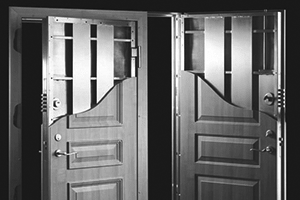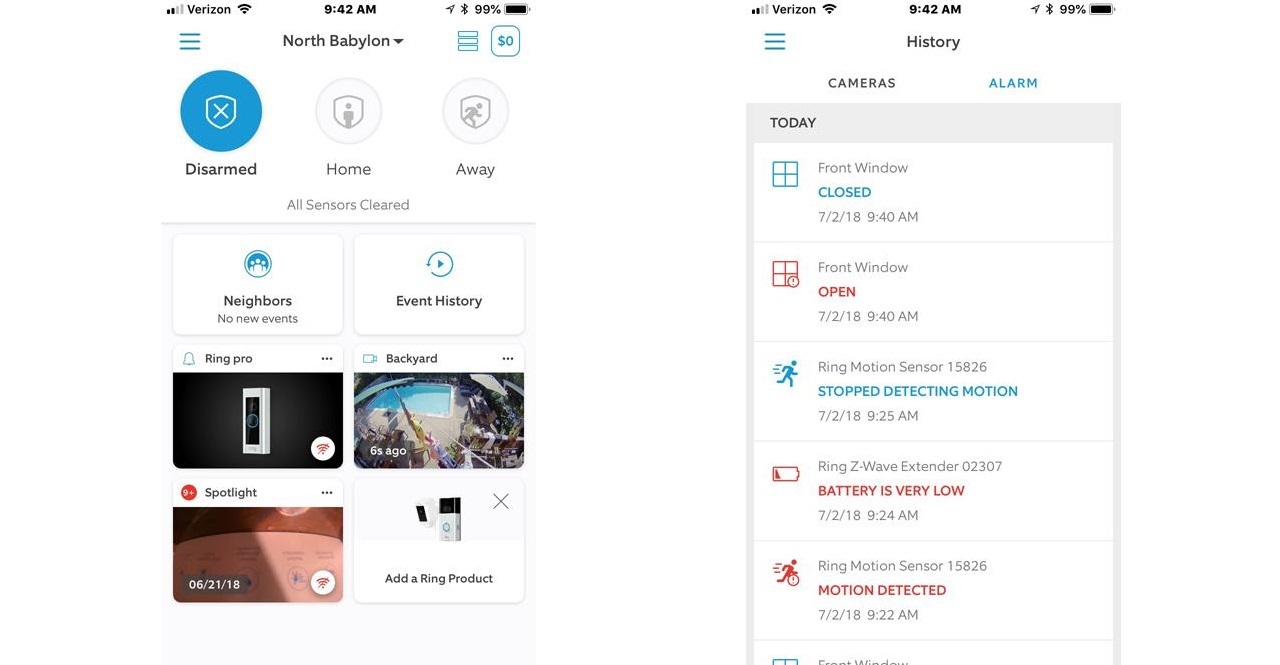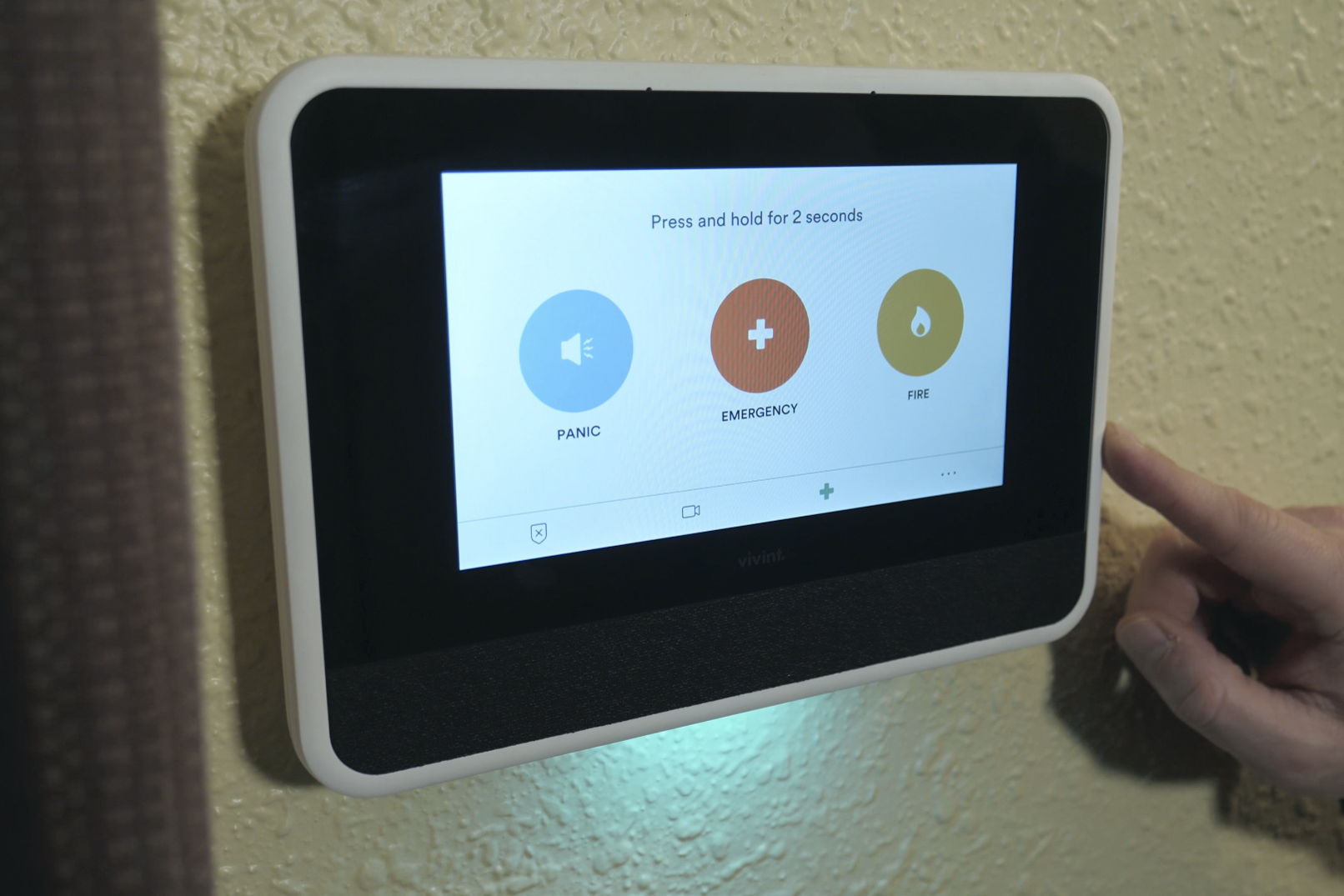
A smart lock retrofit can be used to upgrade a deadbolt that you already have without having it replaced. It replaces your deadbolt on the inside, but still works with your keychain. The app allows you to unlock and lock the door from your smartphone, while still using your keys.
Smart lock retrofits come in different forms, depending on the type hardware that is replaced. Some retrofits will replace the whole deadbolt, while others may only replace a part that can be controlled using a smartphone. If you are looking for a lock with more sophistication, look at the ones that can be connected to your home WiFi network.
The August Smart Lock can be a good choice for people who want to upgrade a deadbolt that they already have without having it removed and replaced. It's compatible with most modern locks, and it has a few energy-saving features that can save you money on electricity.
Unlocking it is as simple as tapping with your finger. This works on both Wi-Fi AND Bluetooth. The August app selects the connection that it will use automatically, optimizing battery life.

You can also control and monitor your lock from anywhere in the world using a smartphone, which is handy for property managers who want to ensure that guests have access only when they are allowed. You can send a "key" to guests and then revoke that access, get notifications when they open or close the door, and even log activity on the app.
If you are looking for a more advanced smart lock, then the Yale Assure Lock 2 would be a good choice. It can be locked and unlocked by a finger, keypad, or fingerprint scanner, it works with Alexa and Google Home, and it's programmable to allow for different levels of access -- like for kids or renters.
Assure Lock 2 allows you to upgrade it over time, allowing you to adapt the lock's features and functionality as smart home standards change. The model you choose can include a touchscreen and an app. A fingerprint sensor is also available.
This lock's small round design makes it appear more like the traditional deadbolt compared to other replacement locks. It's available in a silver or black finish, and it doesn't stick out too much on the interior of your door.
Level Lock is the first smart lock that's designed to fit over your existing deadbolt, so you don't have to remove it. The lock is easy to install and looks great.

The two CR123 battery should last from three to six months. It doesn't last as long as Schlage or Lockly Secure Pro that run on AA battery and last for 12 months. But it's better than the majority of smart locks we tested.
It's a good way to upgrade an existing deadbolt. However, it is not for everyone. If you want to use your smartphone for all your locking needs at home, you will need to decide if that is what you prefer.
FAQ
Which home security system is better? Home security cameras or security systems?
Home security systems are better than home security camera because they can detect movement and sounds even if nobody is in the room. Home security cameras are easier to mount on doors and windows than those of home security systems.
What is the top home security system in your area?
Ring Video Doorbell Pro is the number one home security system. You can speak with anyone, anywhere and at any time using your smartphone. You can also capture video and send it to family and friends by text message or email.
Which is the best home security system?
ADT Pulse, Ring Alarm, Vivint Home Security Security, Protect America and Vivint Smart Home Security are the most popular home alarm systems.
Which home surveillance camera system is best?
If you want to protect your family from intruders, then you should consider buying a home security system with cameras. These systems can be used by both homeowners and renters easily and offer many benefits. These systems allow you to remotely monitor your property using your smartphone, tablet or computer.
Can I install my own security camera?
Yes! If you have the necessary knowledge and skills, you can install a house alarm. If you don’t want to hire someone to do it, they will be able help you.
Statistics
- That's probably why Cove has a whopping 98%* customer retention rate. (safewise.com)
- Depending on your insurance, 24/7 professional monitoring may qualify you for as much as 15% off your premium. (safewise.com)
- Cove sets you free without punishing penalties and fees, unlike other security solutions that charge 75% to 100% of your remaining contract. (safewise.com)
- Most home security companies will charge you around 75% of the remaining term of your contract if you cancel early—and some require 100%.Related questionsWhat type of contract length can I expect from security providers?Home security system cancellation (safewise.com)
External Links
How To
How to Install a Home Security System
A home security system is a device that monitors your property and alerts you if there's any activity. It could be a motion sensor, doorbell camera, smoke detector, fire alarm, flood alert, carbon monoxide detector, burglar alarm, etc. A home security system typically includes one or more sensors, such as motion detectors. These sensors send signals when they sense movement or sound. These signals are sent to a control panel, where they can be monitored and recorded. If there's a problem such as someone breaking into your house or other suspicious activity, the control panel sends an alert via your phone, tablet computer, voice assistant, or computer. You'll know what's going on and can take action immediately.
First, you must choose the right type sensors for your home to install a home security system. There are two main types. Active and passive sensors. Passive sensors don't require batteries; they just pick up sounds and vibrations from their surroundings. These sensors include sirens, buzzers, and doorbells. Active sensors transmit data using electricity. These sensors include motion sensors and cameras.
There are many different brands of sensors available today. Each brand has its pros and cons. Some sensors are weatherproof and others aren't. Some have built-in speakers that allow you to hear them outside. Some work only indoors. Some of these are very basic, while others have advanced features such night vision.
Once you have chosen the right type of sensor for your property, it is time to select a manufacturer. This will ensure that all your sensors work together. You should find plenty of choices at your local hardware shop.
After you have chosen a brand, you will need to decide how many sensors you wish to purchase. Depending upon whether they live alone or in a group, most people begin with one or two sensors. You may want to consider purchasing more sensors in the future if possible.
Next, consider where you want to put your sensors. Do you want them near windows and doors? Or do you prefer having them hidden away? Before you place them on your property, make sure that you have permission. They should not be in conflict with any electrical outlets.
After you've determined the location of your sensors, you will need a way that they can be connected to your control panels. You may need a power adapter, or battery pack depending on the setup. Once everything is in place, you can start to monitor your property.